Ziyang Wu
Future Forecast
Future_Forecast is a live simulation project on the Metaverse. In the context of “Digital Earth,” “One Belt One Road Initiative,” and the Philippines’ “Build Build Build Initiative,” Future_Forecast presents and predicts the evolution of cloud networked societies in the developing world by looking at the effects of growing Internet-enabled networks and the ecological, geopolitical, and socio-cultural effects of a speculative future ISP and blockchain company in the Philippines.
Following Benjamin Bratton’s Stack theory, the project will present a 6-layer structure (earth, cloud, city, address, interface, user) as an interactive platformer on the Metaverse. By training data related to the climate and environmental changes (temperature, sea level, carbon dioxide, forest and agricultural land area, etc.), Internet infrastructure (data center, Internet speed, digital services, etc.), users (number of broadband and mobile network users, average time spent online, etc.) from the past few decades in the Philippines, Future_Forecast uses predictive analytical models to predict and drive a three-dimensional simulated environment.
At the same time, this Stack structure will be filled with a series of 3D models (such as alienated plants, networked interface and characters) based on the current Philippines government policies, Internet and blockchain companies' future plans (both domestic and international), social and cultural phenomena (especially after the outbreak of Covid-19), and combined with our imagination. These 3D models will also be minted as NFTs (non-fungible tokens). Every time a 3D model is purchased, the transaction data will be sent back to the Stack structure in real time through the data pipeline to affect its structure and evolution. For example, based on the original data, it is predicted that the sea level will continue to rise. Every time an "alienated palm tree (NFT)" is purchased, the rising rate of sea level will slow down. While at the same time, a new "alienated palm tree" will be planted on the earth layer to permanently change its ecology and landform.
The Philippines is No.1 globally on both the list of average daily time spent on the Internet (10 hours and 2 minutes) and social media (4 hours 5 minutes) every day. But it has the second slowest Internet speed in the world. In the context of the “Digital Belt and Road” and the Duterte government’s “Build Build Build” Initiative, a series of Internet infrastructural construction and blockchain applications are taking place: Dito Telecommunity, a telecom company backed by China Telecom, has officially entered the market this year (to break the current duopoly of PLDT and Globe in the Philippines); Alibaba announced in June this year that a new large data center will be built in the Philippines (providing Elastic Compute Service (ECS), database, global network solution, Content Delivery Network (CDN), and storage services); With the support of the Philippine government, Blockchain company CypherOdin will use its blockchain and Internet of Things (IoT) technology to clean and repair the ecosystem of the Rasig River, which has been considered “ecologically dead” since the beginning of 2000s. However, at the same time, a series of problems are constantly alerting us to the large amount of conflict we are about to face, such as the large number of toxic gases generated by the data center cooling system, ecological destruction, the prosperity of the dark web, panoramic surveillance accelerated by the Internet of Things, digital and Internet colonization, and so on.
In the case that the "Super Stack" has not yet been formed in the Philippines, we tried to use this project to simulate both a virtual and real (but maybe closer to the "reality") future driven by online and real-life data, and discuss the impact of the future development of Internet infrastructure in developing countries such as the Philippines in the context of neo-colonialism.
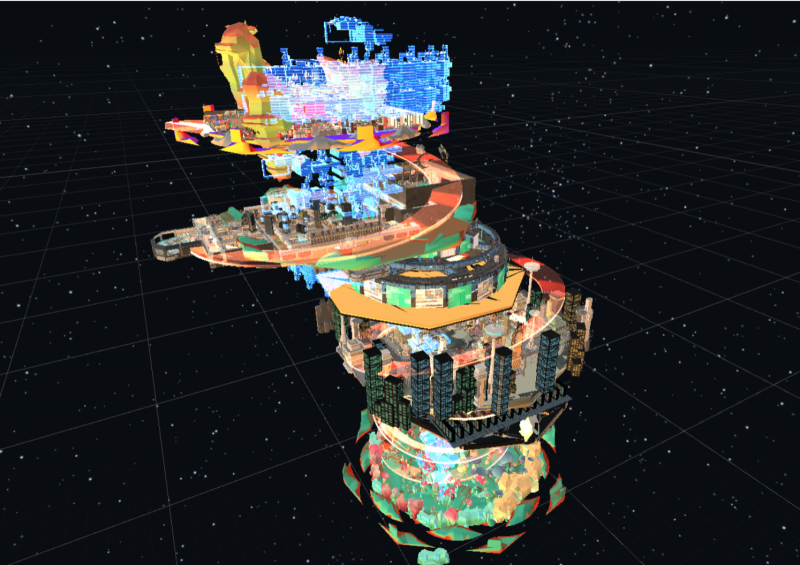
Future _Forcast, game map
Courtesy of the artist
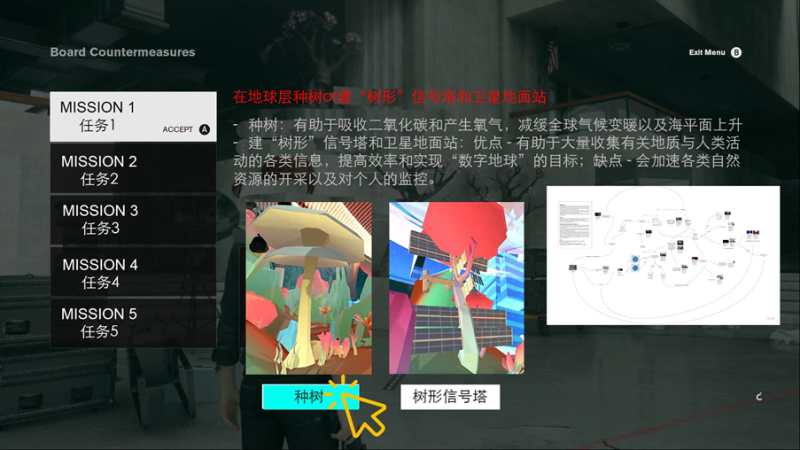
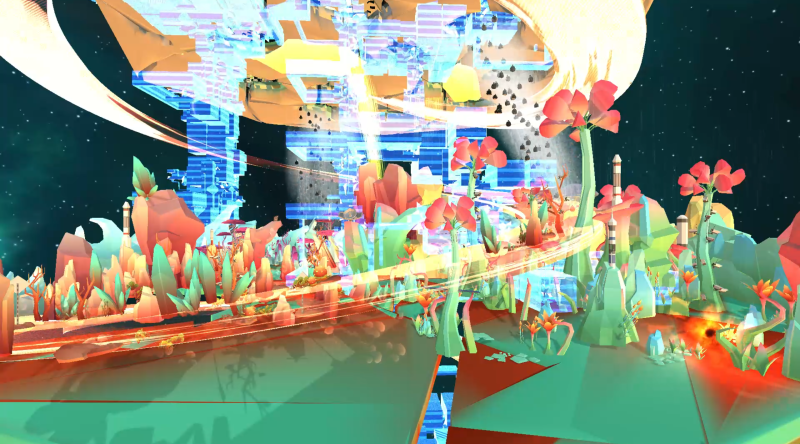
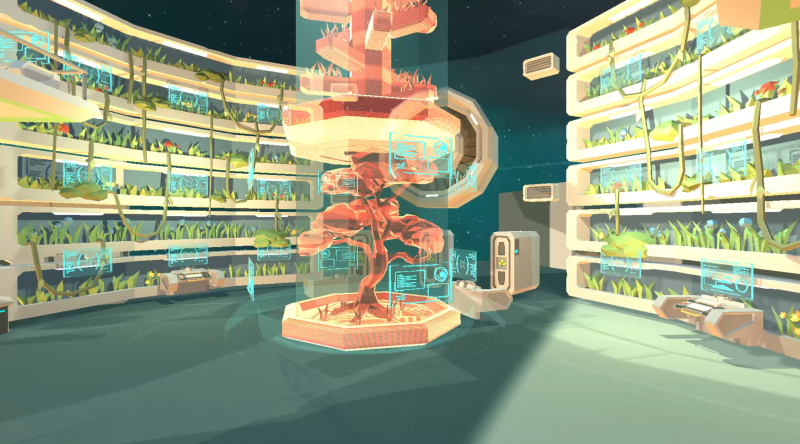
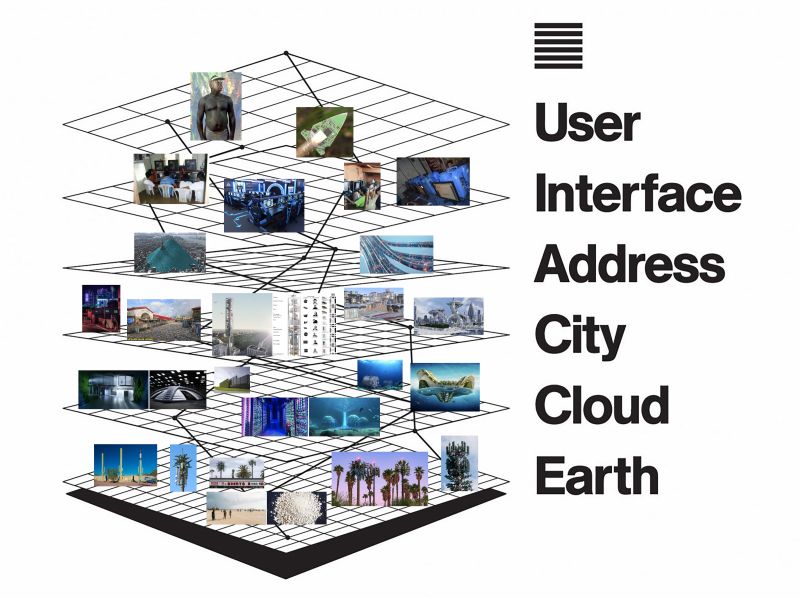
Future _Forcast, structure draft.
Courtesy of the artist
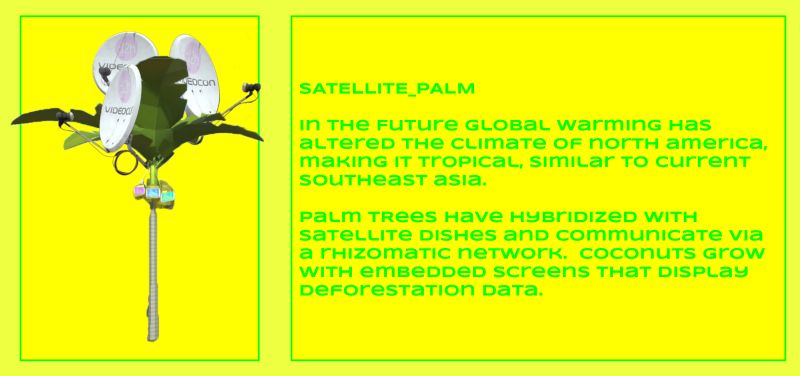
Courtesy of the artist